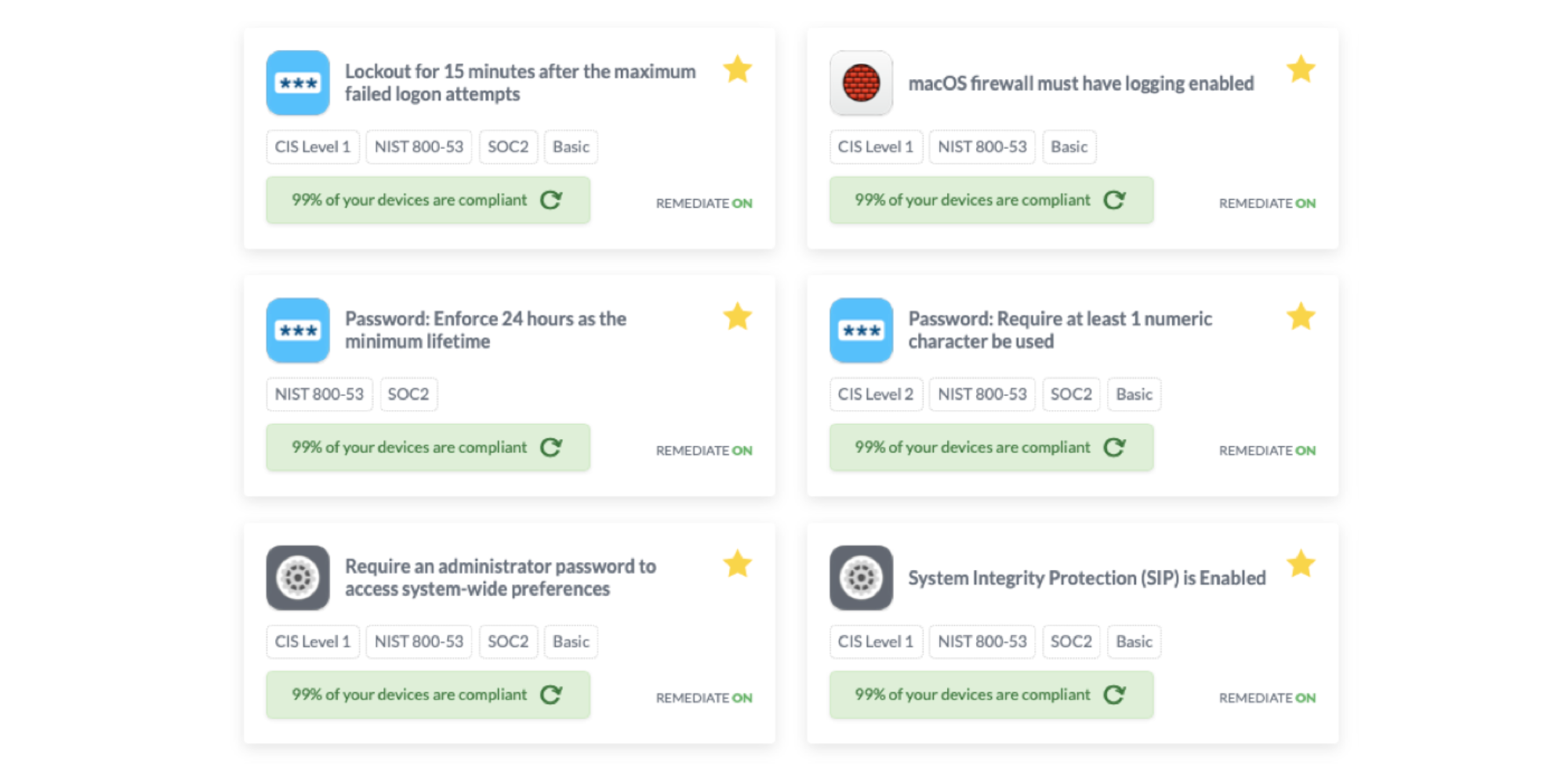
- #Remove fuse for macos how to
- #Remove fuse for macos install
- #Remove fuse for macos software
- #Remove fuse for macos mac
I think it'd be really nice if VirtualBox somehow provided an option for users who already have macFUSE to somehow integrate with it, though. (I’ve never built a Linux kernel module before, let alone a macOS kext) Sad to see it take this path, but I’m sure the author had his reasons, and I really don’t want to “second-guess an operation from an armchair,” as David Strathairn’s character says in that Bourne movie.
#Remove fuse for macos software
Starting with the 3.10.0 release, redistributions bundled with commercial software are not allowed without specific prior written permission. I also want to point out that, unfortunately, macFUSE has ceased to be open-source, since version 3.10: I will say that I haven’t tried this (yet), so I have no idea if such an outdated kext will even work on macOS 12 (Monterey). Right now, I suppose the best way to be able to use vboximg-mount is to reinstall the flatpack (. (See this pull request on the Homebrew Cask GitHub page). I’d also like to add - for the benefit of any Homebrew users who might end up scratching their heads like me - that Homebrew also deselects the default OSXFUSE option in the flatpack installer. 6.Note that the VirtualBox (VBox) 6.x installer also comes with its own FUSE for macOS (OSXFUSE) installer, which runs by default

To ensure the complete removal, it would be better to unhide the Library folder permanently. In the upper-left corner of the screen, hold the “Option” key on your keyboard, click “Go” on the Finder, and select “Library” to open the Library folder. Otherwise, just do the following to clean them out. Usually they are very small, so if you attempt to reinstall the application, you can keep them.
#Remove fuse for macos how to
So this is teaching you how to delete the Support and Preference Files from it, which are those left behind after you remove fuse-ext2 0.0.7 application. In the entire removal process, the Library folder could be a blind spot to many users. This will permanently remove fuse-ext2 0.0.7 and everything inside, freeing up the hard drive space on your Mac. It will ask for your confirmation, also click “Empty Trash” on the message. Right-click on the Trash icon, select “Empty Trash”. In the list of installed applications, select fuse-ext2 0.0.7 as a target, and hit “Run Analysis”.ĭo it once you are certain that you will never use fuse-ext2 0.0.7 again (or in a short time at least).
#Remove fuse for macos install
Download - Install - Run App Uninstaller 2. What I’m only interested in is how to quickly get things done”. In the very beginning, I would like to introduce an easy approach to uninstall this app on Mac, just in case you are like “Geez, don’t put me through the knowledge. Using App Uninstaller by to Breezily Remove fuse-ext2 0.0.7 I believe after going through the whole process, you will be much more familiar with your Mac. The following are specific steps for you to fully remove fuse-ext2 0.0.7. Regards to removals on macOS, keywords shall be Finder, Library, Preference, and Application Support instead. Let’s temporarily isolate other Windows logicality from our mind, forget about the Start menu, Control Panel, Registry Editor, etc. If you don’t deal with them termly, issues would be generated. So there is one thing you can be sure of: too many junks will slow down your computer, and they are accumulating during the operation. Removing the useless applications from your computer is still one of the simplest ways to speed up your system, where everything lives to work, occupying part of the hardware resources including hard drive space and memory. Now go with how to correctly remove fuse-ext2 0.0.7.
#Remove fuse for macos mac
If you happen to be a newbie of Mac Computer, take the chance to learn something.

This page can help you understand the basic knowledge of system maintenance, guiding you through the confusion of removal problems. Removals on macOS are quite different from those on Microsoft Windows OS.


 0 kommentar(er)
0 kommentar(er)
